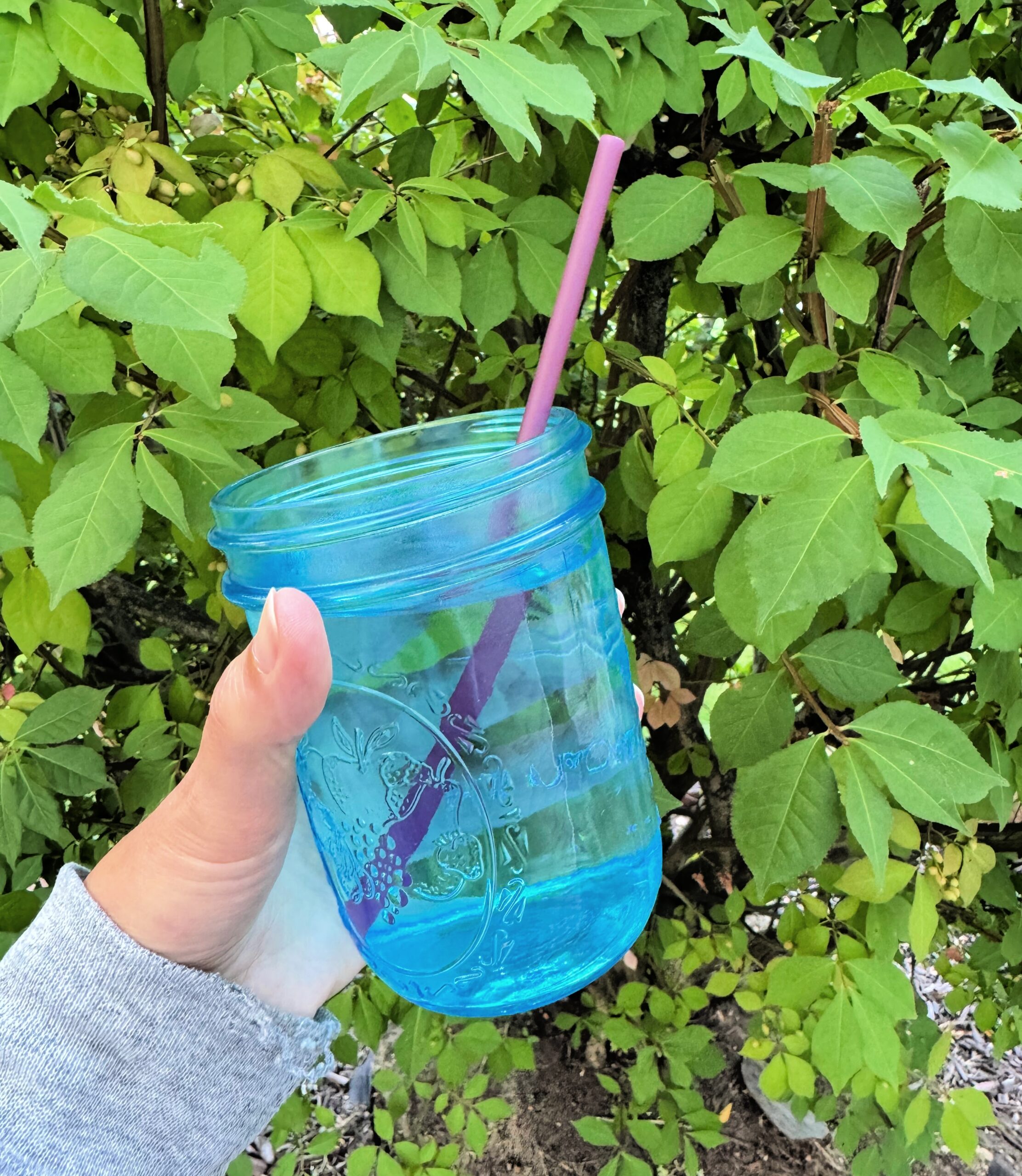Wind hums through pine needles like a whisper from the future. Solar panels glint against timber roofs. Rainwater flows silently into underground cisterns while a quiet, energy-efficient heat pump keeps a cedar-framed living room cozy. This isn’t science fiction or some Scandinavian utopia — it’s happening right now, here in Canada.
Across provinces from British Columbia to Nova Scotia, a new kind of home is taking root: eco-friendly homes that blur the line between cutting-edge tech and the raw beauty of the wilderness. They’re not just “green” in theory. They live and breathe sustainability — and they’re changing how Canadians think about shelter, nature, and the future.
? More Than Just a Trend: Why Eco Homes Matter in Canada
Let’s be real: Canada’s environment isn’t just scenic wallpaper. It’s a core part of national identity. Lakes, forests, and snow-covered hills run through every anthem, postcard, and memory of cottage weekends.
But climate change is testing that connection. As cities swell and traditional energy sources grow more volatile, eco homes offer a meaningful, tangible way to live better — not just for ourselves, but for the planet.
So what exactly makes a home “eco”?
In Canada, an eco-friendly home generally means a blend of the following:
- Sustainable building materials: Think reclaimed wood, hempcrete, low-VOC paints, and insulated concrete forms.
- Energy efficiency: Passive solar design, triple-glazed windows, airtight insulation, and smart thermostats.
- Renewable energy systems: Solar panels, geothermal loops, and wind turbines where feasible.
- Water conservation: Greywater recycling, low-flow fixtures, and rainwater harvesting.
- Low carbon footprint: Locally sourced materials and designs that minimize energy consumption over the building’s life.
And most critically — these features aren’t limited to off-grid cabins or concept builds. They’re becoming increasingly accessible, even in urban and suburban markets.
? From BC’s Rainforests to Quebec’s Rustic Farms: Eco Homes, Coast to Coast
Canada’s vast landscape means eco-friendly design has to adapt regionally — and creatively. Here’s a snapshot of how it’s playing out across the map:
British Columbia: West Coast Modernism Meets Eco-Zen
B.C. leads the charge with its Rainforest Alliance-certified lumber and pioneering passive house standards. Vancouver and Victoria are hotbeds for net-zero homes that sip electricity and bask in natural light.
Many homes here feature green roofs, where native plants absorb stormwater and insulate the house below. Builders integrate salvaged cedar and glass in a style that’s minimal but warm — think Scandinavian lodge meets Blade Runner.
Ontario: The Quiet Revolution in Cottage Country
Forget old-school, drafty cottages. In Ontario, a revolution is underway in Muskoka, Kawartha Lakes, and beyond. Eco homes here blend the rustic aesthetic of traditional cottages with high-performance insulation, radiant heating, and lakeside solar systems.
One standout example? Check out this eco house in Ontario listed on HomesEh — it showcases the perfect marriage of natural surroundings and next-gen living. With smart systems and sustainable materials throughout, it’s not just a place to unwind — it’s a prototype of what’s next.
Quebec: Rustic Reimagined
French Canadian eco homes often lean into traditional architecture reinterpreted with a green twist. You’ll find thick stone walls paired with energy-efficient wood stoves, geothermal heat, and off-grid capabilities in the Laurentians.
Builders here prize local craftsmanship and energy independence. Many rural properties are entirely self-sufficient — a nod to the province’s love of autonomy and environmental consciousness.
The Prairies and Atlantic Canada: Resilience Meets Design
In regions with colder climates and windier conditions, resilient materials and airtight construction are key. Prairie eco homes often feature wide eaves for passive shading, along with solar-ready roofs. In Newfoundland and Nova Scotia, salt-resistant materials and modular prefab eco cabins are on the rise, often built to survive coastal storms while minimizing energy use.
?️ Tech-Driven Tranquility: Inside the Anatomy of a Canadian Eco Home
If you step inside one of these homes, don’t expect to be greeted by flashy gadgets or cold steel. The technology is there — but it’s hidden behind wood-paneled walls and sunlight-filled rooms.
Some key features you might see:
- Smart Home Integration: Control lighting, temperature, and energy use from your phone.
- Living Walls: Vertical gardens that purify indoor air.
- Solar Battery Storage: Save excess energy for cloudy days or nighttime use.
- Cross-Laminated Timber: Strong, sustainable, and stunningly beautiful — a favorite among modern eco-architects.
But it’s not just about the bells and whistles. These homes are quiet, clean, and connected to their environment. Birdsongs replace traffic noise. Natural wood scents the air. You wake up with the sun, not your alarm clock.
? The Mindset Shift: Eco Isn’t Alternative Anymore
What’s fueling this transformation? In part, it’s a mindset shift.
Canadians aren’t just looking for a roof and four walls anymore. They’re seeking:
- Resilience: The ability to weather storms, blackouts, and rising energy costs.
- Wellness: Healthier materials, cleaner air, and better sleep.
- A Legacy: Homes that won’t contribute to ecological collapse.
The rise of HomesEh, a real estate platform spotlighting listings that match these values, is a testament to this change. The platform caters to buyers who don’t just want a property — they want a purpose-built space aligned with their values.
? Building Tomorrow, Today
Canada’s eco-friendly homes aren’t futuristic curiosities or Instagram backdrops. They’re functional, soulful spaces designed for real lives — and they’re spreading fast.
If you’re dreaming of a home that smells like pine, sips energy like espresso, and stands proudly in sync with the land around it, this is your moment.
Tomorrow’s homes are already here — and they’re filtered through the forest.


Leave A Comment